A commonly-used feature of the BIG-IP system is its ability to intercept and redirect incoming network traffic, for the purpose of intelligently tuning the load on network servers. However, tuning server load is not the only type of local traffic management. The BIG-IP system includes a variety of features that perform functions such as inspecting and transforming header and content data, managing SSL certificate-based authentication, and compressing HTTP responses. In so doing, the BIG-IP system not only directs traffic to the appropriate server resource, but also enhances network security and frees up server resources by performing tasks that web servers typically perform.
- Basic F5 LTM HTTP Load Balance Configuration (Without Firewall)
- Basic F5 LTM HTTP Load Balance Configuration (With Firewall)
1. Topology
Internet -- Firewall -- F5 External Network(10.94.112.0) -- F5 Cluster -- F5 Internal Network(10.94.100.0)
2. Create Nodes
Before created nodes health monitor, both nodes show disconnected.
3. Create Nodes Health Monitor
4. Create Pool
5. Create Virtual Server
Source Address Translation has been configured use Auto Map. The SNAT automap feature automatically selects one of the systems self IP addresses (typically a floating self IP address of the egress VLAN), and maps it to the original IP address or addresses that you specify during SNAT creation. When you use this feature, you do not need to explicitly specify a translation address.
5. Test
6. Youtube video:
F5 Basic HTTP Load Balance Configuration:
Reference:
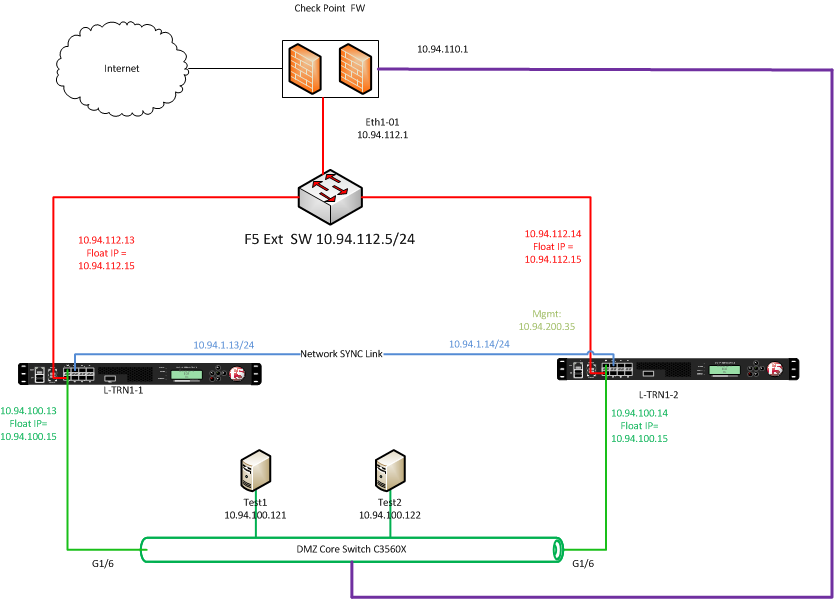
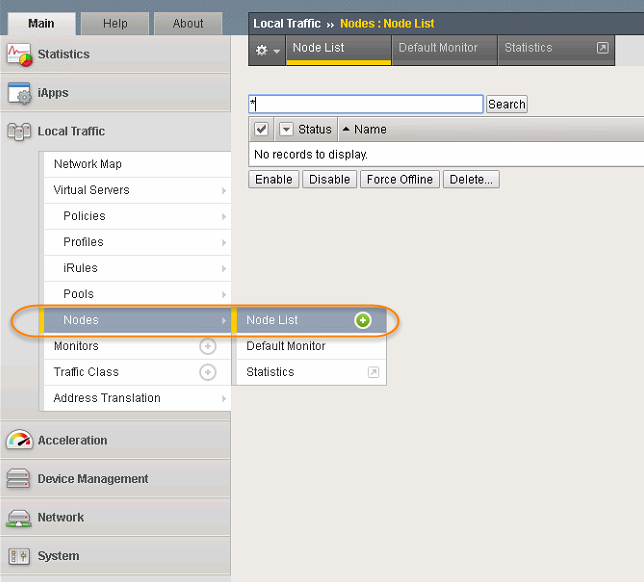
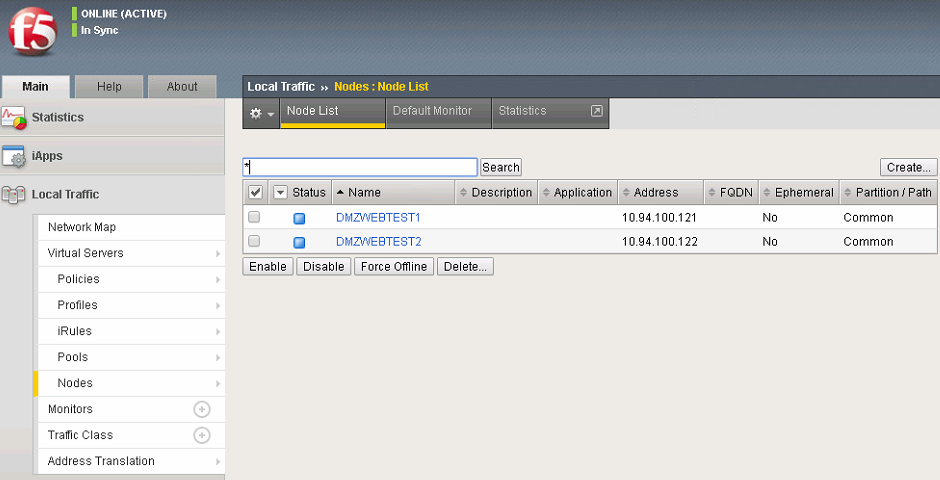
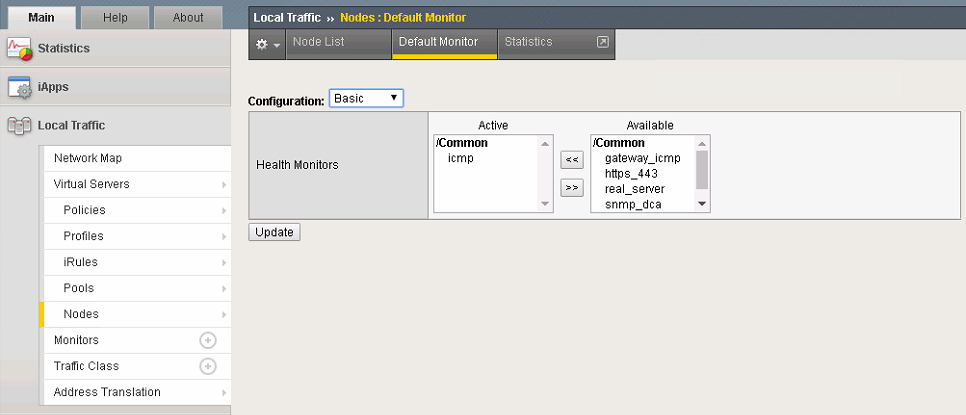
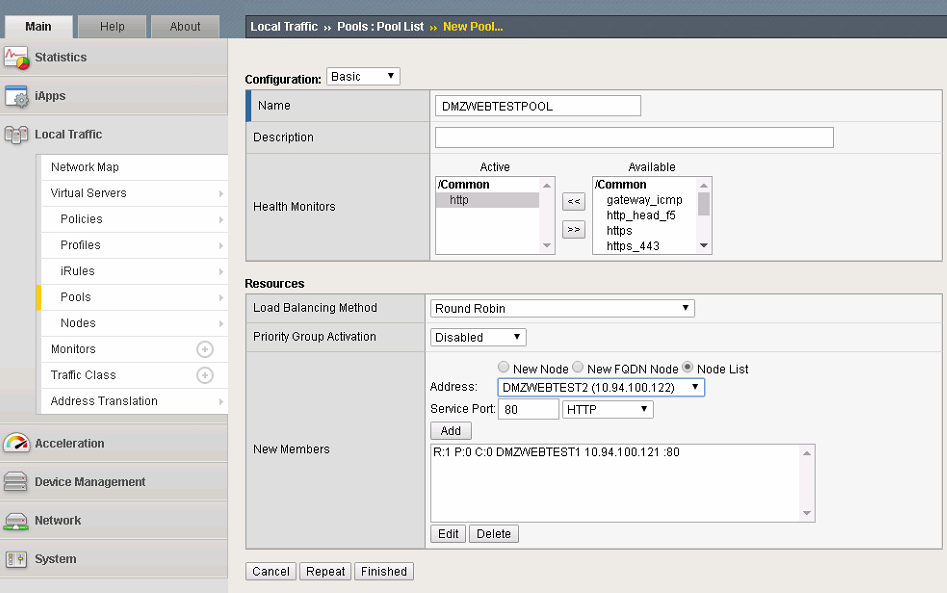
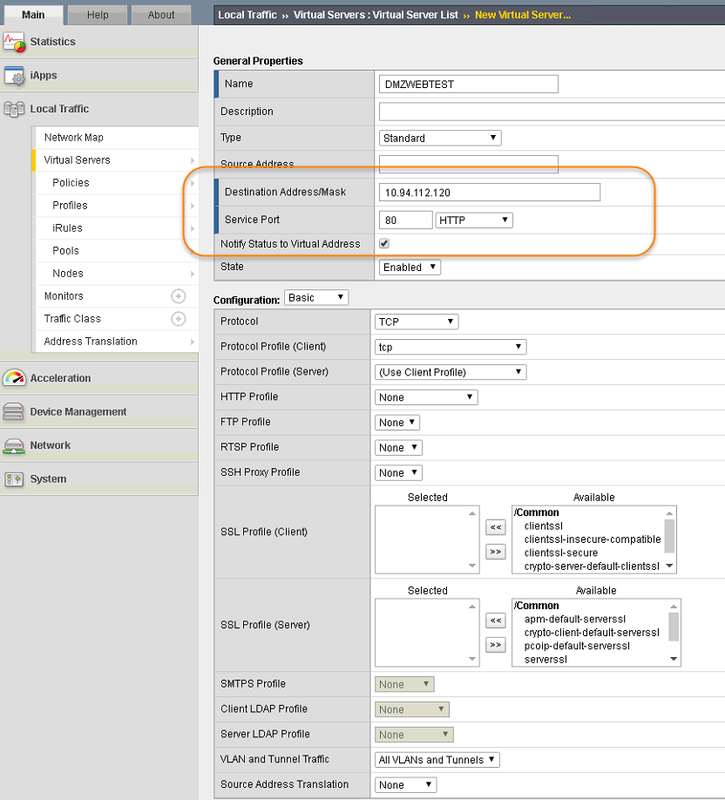
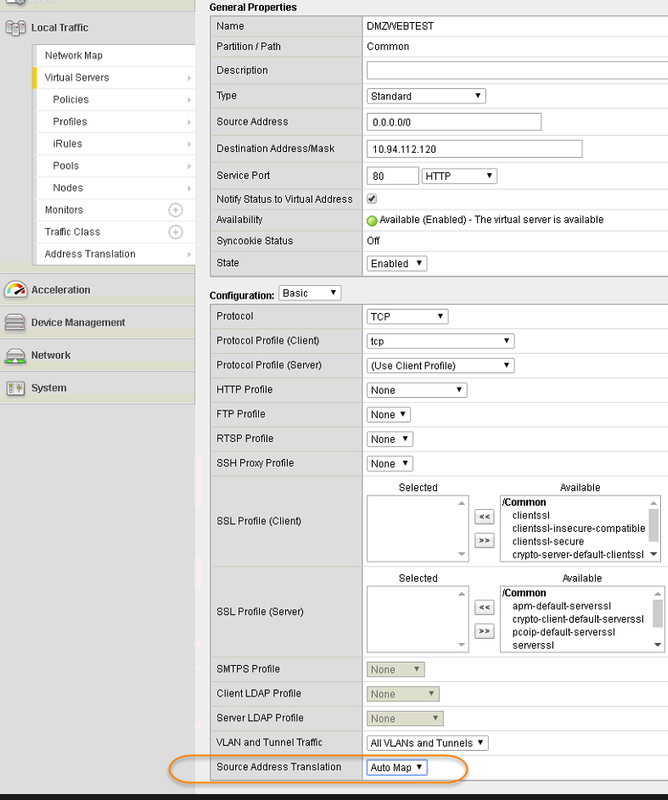

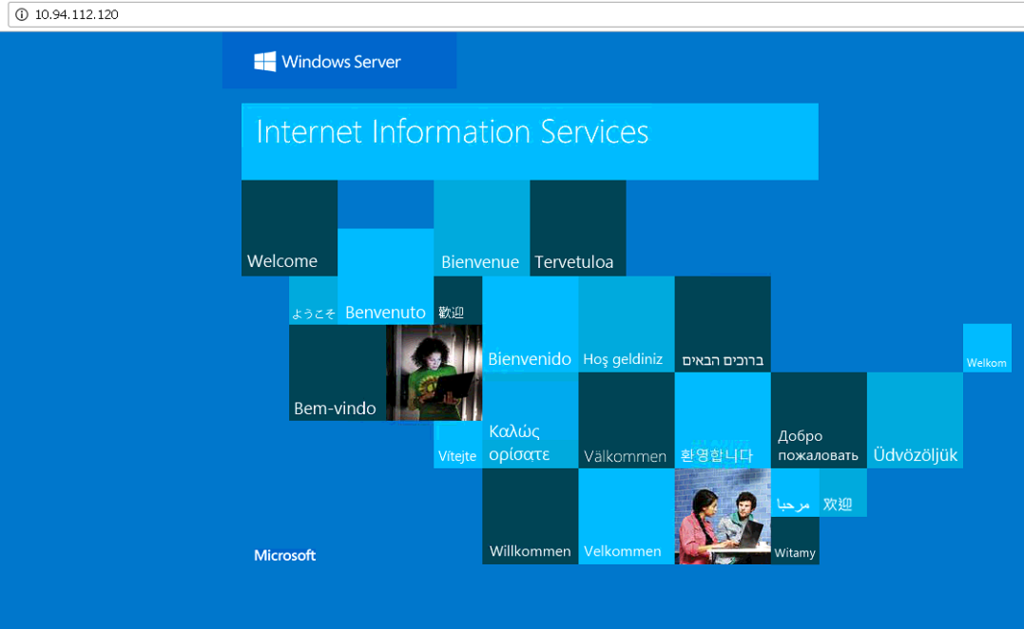







grt
ReplyDelete